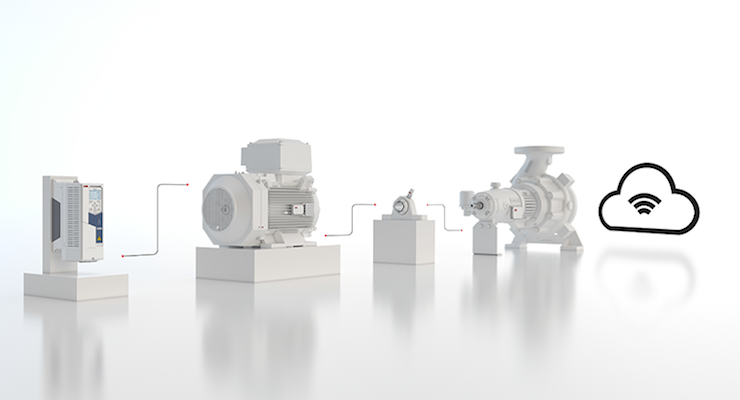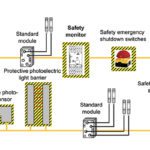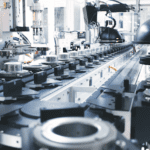Sensors play a key role in many types of automation systems and machines, helping ensure they perform at their optimal level.
Sensors are also at the core of the trend for increased condition monitoring and the larger program of predictive maintenance, which aims to reduce or eliminate sudden and catastrophic machine failure by actively monitoring those components that are critical to machine function such as motors, fans and pumps, among others.
The other part of the condition monitoring equation is robust networks, which is where the Internet of Things (IoT) and the Industrial IoT comes in. Here, sensor manufacturers are adding capabilities to support IoT functions. For example, such capabilities help sensors increase safety, extend system life, and avoid critical failures.
“In comparison to a reactive maintenance strategy, IoT remote monitoring and predictive maintenance strategies give our customers a more complete picture of how equipment is operating and how long it will last,” says Artur Rdzanek, ABB’s Global Product Manager for Dodge Sensored Products. “Rather than relying on generic product information or opinion for equipment life-expectancy, users can track exactly how equipment is reacting to specific processes. With this analytical approach, operators can log exactly how many hours their equipment operates before they must lubricate the bearings, replace the motor, or exchange oil in the gearbox,” adds Rdzanek.

Hand in hand with sensor trends in IoT are interest in wireless connectivity. Sensor manufacturers are offering easy-to-use wireless sensors that monitor the health of machine components. “Hardwired solutions create several challenges for plant and maintenance managers, including safety concerns, warranty issues, additional wiring around factory, and wasted installation time,” notes ABB’s Rdzanek. “IIoT wireless sensors completely change the approach to condition monitoring because installation take minutes (often less time than a lunch break). Due to wireless open architecture, scaling of solutions is almost unlimited.”
To aid in installation and setup, mechanical products offered by ABB come sensor-ready with drilled, threaded and plugged installation holes. Sensors are installed by removing the plug and threading into a receptacle, making installation easier. Sensors can also be easily attached to existing motor frames.
Machine safety is also enhanced by sensors. Safety is critical to discrete industries such as food and beverage and logistics. A malfunction or mechanical problem in an application can create a serious safety hazard for the machine and for those working around it. Condition monitoring means that production managers and operators can remotely identify malfunctions and support safe operations. Reliability for process industries, such as mining and metals, oil and gas, and pulp and paper means operations have minimal downtime. And a process failure in any of these industries can cost hundreds of thousands of dollars in unplanned downtime.
But it isn’t just mechanical problems that can cause a disruption in operations. As the world has learned, the ongoing coronavirus pandemic has impacted manufacturing in a number of ways. Among other things, the pandemic uncovered many needs related to safety, reliability, and remote monitoring. “Pre-coronavirus maintenance practices required nearly daily work on equipment built inside boxes or fully covered by safety covers, making it impossible to access the equipment while it’s running,” says ABB’s Rdzanek. “Over the past ten months we’ve proven this no longer needs to be a limiting factor because wireless sensors can provide a way to remotely monitor the health of equipment,” adds Rdzanek.
What’s more, by giving warnings on decreasing health status, they allow users to plan their maintenance before a serious problem arises and takes the system down. The ability to monitor equipment remotely allows maintenance teams and operators to safely get a health check without touching the equipment or exposing themselves to risky, unpredictable or unhealthy working conditions.





Leave a Reply
You must be logged in to post a comment.